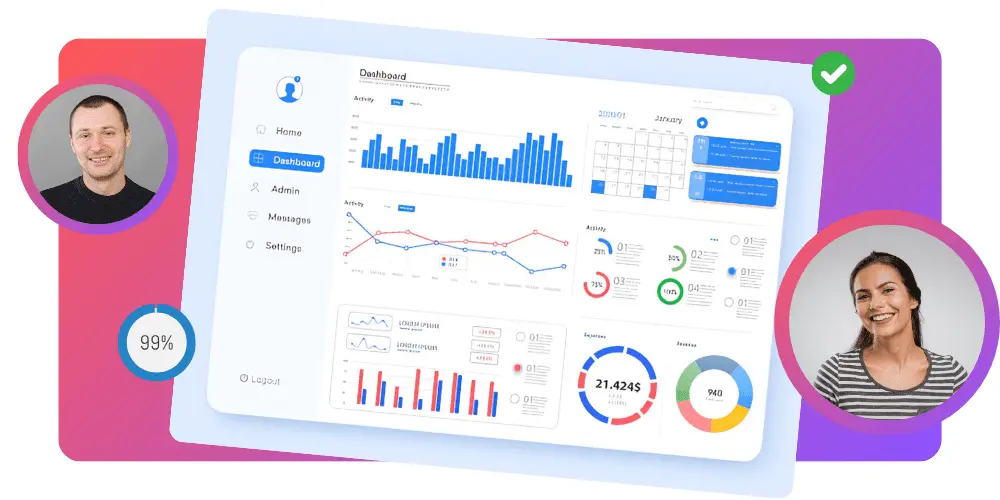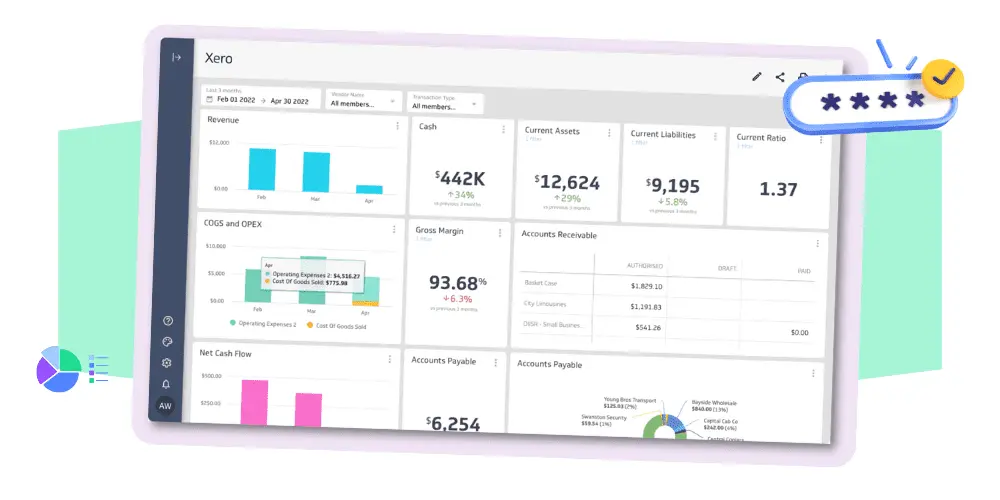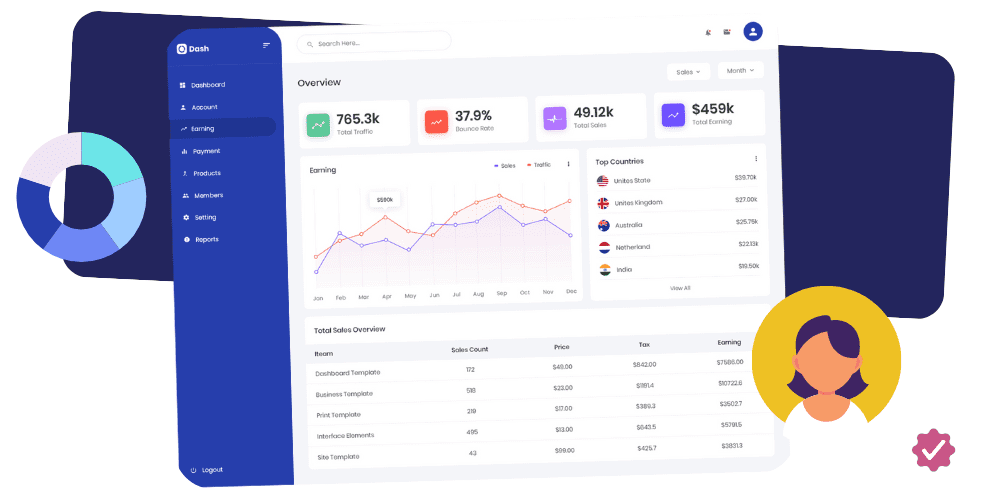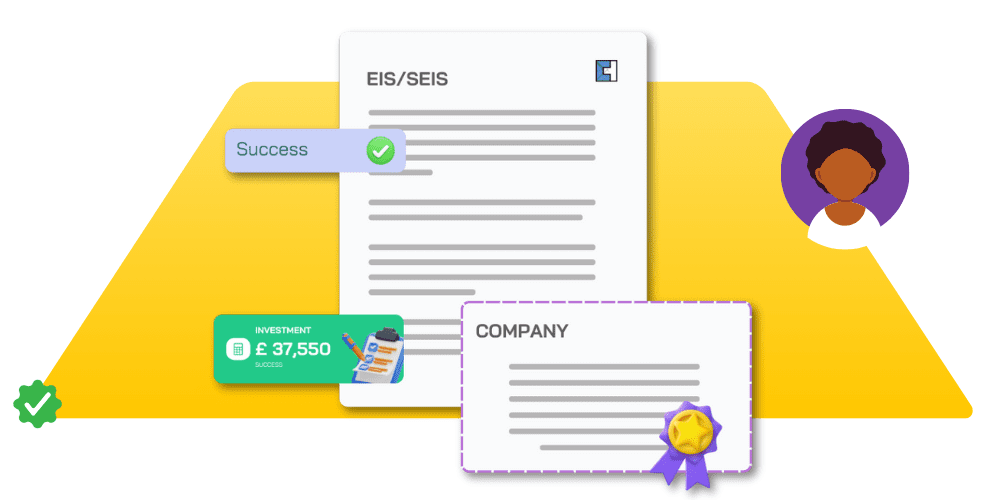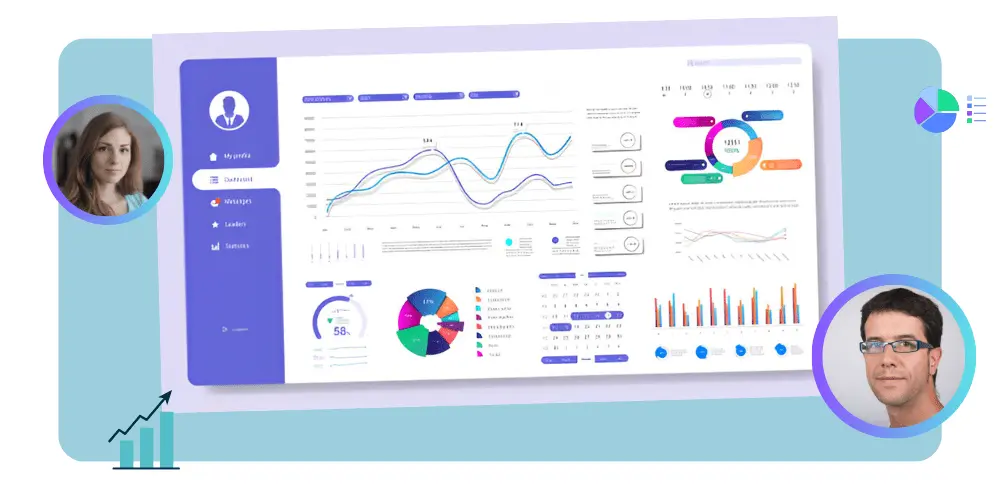What is Benchmarking?
Benchmarking is the process of improving performance by determining the best practices for sales and operations and then implementing them. Benchmarking is conducted by comparing the company’s performance against that of competitors or with their own performance over the past years. Business owners use benchmarking to promote, as well as innovate, their business systems and processes. This enables them to craft strategies that are in line with their business’s growth strategy. The government’s best practices in benchmarking should be read in conjunction with this guide.
What are the Advantages of Benchmarking?
One of the primary advantages of benchmarking is that it helps companies redefine their goals and set realistic standards to adhere to. Moreover, it creates room for improvement by identifying and employing optimal business practices. Managers can assess the efficiency of their company processes and services compared to what is offered by the leading businesses in the industry. These can then be taken as an example to employ new or improved business practices that will enhance business performance. This also allows management to introduce new and innovative practices, which, as a result, improve the overall performance of the company.
Our performance reporting services were built around exactly this concept of setting measurable goals and measuring them against industry-grade benchmarks. The performance of a business can be impacted by anything from foundational issues, such as poor bookkeeping and inefficient hiring, to higher-level issues, such as underperforming products or services. Our bookkeepers have worked hard to curate guides to help with performance issues when processes such as bookkeeping etc. are done incorrectly.

Video: Types of Benchmarking
In this video, we’ve explored the various types of benchmarking and how these approaches can benefit your business. Have a look at them now.
Steps of Benchmarking
In order to successfully benchmark your business processes, it is vital that you use a systematic and structured approach. We have divided the required approach into 8 easy to follow steps:
Select the Process to Benchmark
In order to begin the benchmarking process, the first step is to identify which benchmarking indicators are fundamental to your business. You will be dedicating a lot of time and effort to analyzing and improving them, so it’s prudent to prioritize based on what’s important to all stakeholders. Furthermore, this will help you establish the scope of the benchmarking process by concentrating on one or two key indicators.

Determine Who you Want to Benchmark Against
It’s important to ascertain who you will benchmark against. Whether you decide to benchmark against a competitor or a company outside the industry, you need to compile a list of potential businesses. You can refine the list down to a few optimal companies, which best fit the scope of your benchmarking requirements.
You can also benchmark against your company’s past processes. This is suitable when you need help to determine the best practices for implementing a particular task with minimum effort or resources.
Document your Current Process
In order to begin benchmarking, you will first need to outline your current processes. This will help you specify which areas need improvement. It will also make it easier to examine and compare them against competitors or internal past processes, as required.
Collect and Analyze Data
Collecting data is a critical step in the benchmarking process. You can start the research on your competitors’ best practices through formal interviews, informal interviews and questionnaires. You can also acquire information through websites, blogs, reports, marketing materials, and news articles. After you complete your research, you can begin analyzing your data.
If you are internally benchmarking a process, then a collection of operational and financial data will be more convenient and readily available. After compilation of the required data, you can begin evaluating it.
Measure Performance Against Data Collected
Once you have collected all the necessary data, organize it in a useful manner, keeping causes for any patterns, outliers or inefficiencies in mind. You will then need to compare your processes to those of your researched companies. As you compare both, you should identify what is causing the inadequacies in your process.
Create a Plan
After you analyze your processes against your competitors, you need to identify what needs to be amended to close the performance gaps. Then, you need to create a plan to implement those changes. The plan should not only cover any gaps but also be an opportunity to brainstorm measures that are required to get ahead.
Implement Changes
Once a plan has been formulated, you will need to apply it to your company processes. After implementation, monitor the changes and employee performance thoroughly over a period of specified time. If there are new processes being introduced, make sure your staff is well-trained and has the expertise to complete their tasks. Identify any changes that need to be made to the plan to successfully implement it.
Repeat the Process
After you successfully implement a new process, examine it to see if there are any changes that need to be made. If modifications are needed, tweak your new plan and implement them. Otherwise, consult your initial list for the next indicator to benchmark.
Benchmarking is a continuous practice. Constantly evaluating your processes and benchmarking them with the best practices will allow you to not only improve but to even overshadow your competitors.
Why is Benchmarking so Important?
There are a number of reasons why companies benchmark their businesses. The most notable are:
- Companies use benchmarking to improve operational and financial efficiency. Comparing what the competition is doing, helps fill in the gaps between its own processes, what should be done and what they can further improve.
- Benchmarking allows companies to pay closer attention to their strengths and weaknesses, which are crucial for successful strategic positioning. Use our expertly created Strength and Weakness analysis sheet to help you with analysing your strengths and weaknesses.
- Benchmarking increases the knowledge-base of the employees working in the company. It helps accelerate the rate of organizations learning, and it also encourages a culture of knowledge and experience sharing within the firm.
Related: Are you unhappy with your employee recruitment process? Learn how you can effectively recruit new employees by reading our employee recruitment guide.
- Benchmarking allows businesses to understand their relative cost position and also helps create a space for innovation and improvement.
Related: Most businesses suffer from uneven cash flow. You can cure your cash flow problems using the following steps.
Key Takeaway about Benchmarking
Benchmarking is not just Competitive Analysis
It is more than just market research, as it scrutinizes the processes of your business and that of your competitors to develop superior practices.
Benchmarking is part of a Continuous Process
It is a methodical and ongoing process for continuous improvement. Regularly examining your benchmarks against your competition, industry, and the processes of your company enables you to meet the evolving demands and stay ahead. By keeping your benchmarks flexible, you can ensure that your business is following best practices, which will result in an increase in productivity.
Why not use our Benchmarking Considerations Checklist as a starting point, this will help you quickly assess your business performance and the steps you need to take to improve it.

Clear House Accountants are professional Accountants in London, dedicated to providing you with top-notch accounting services along with business advisory and support services. Our accountants ensure that their clients face minimal friction along their business journey by using their expertise, keeping them on top of their deadlines, managing their finances and helping them fulfil their tax obligations.




